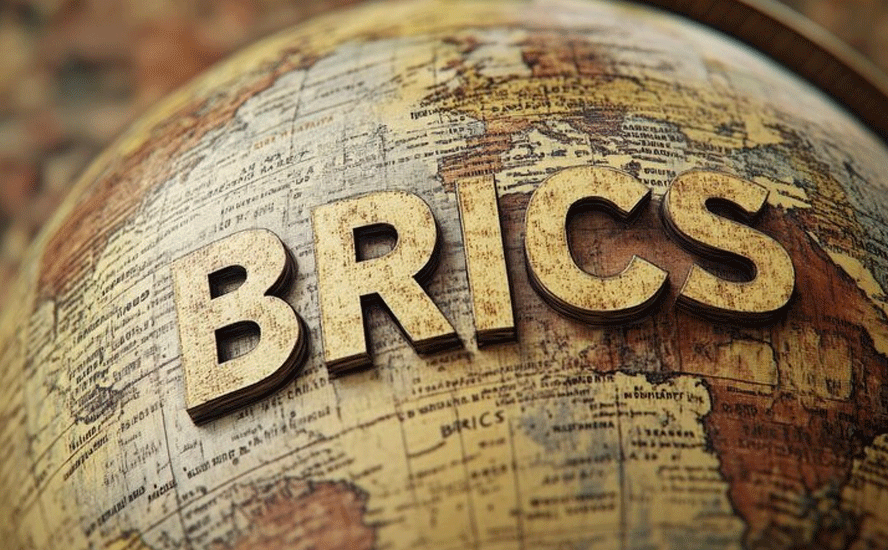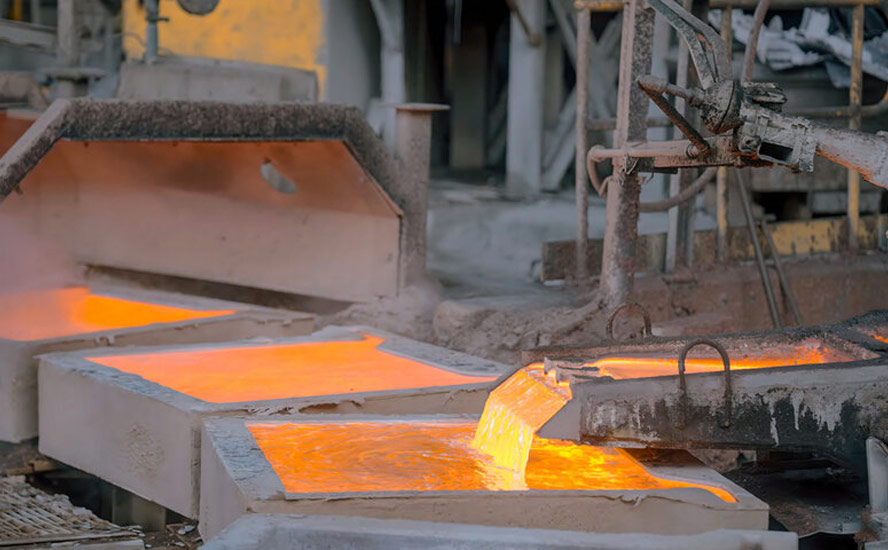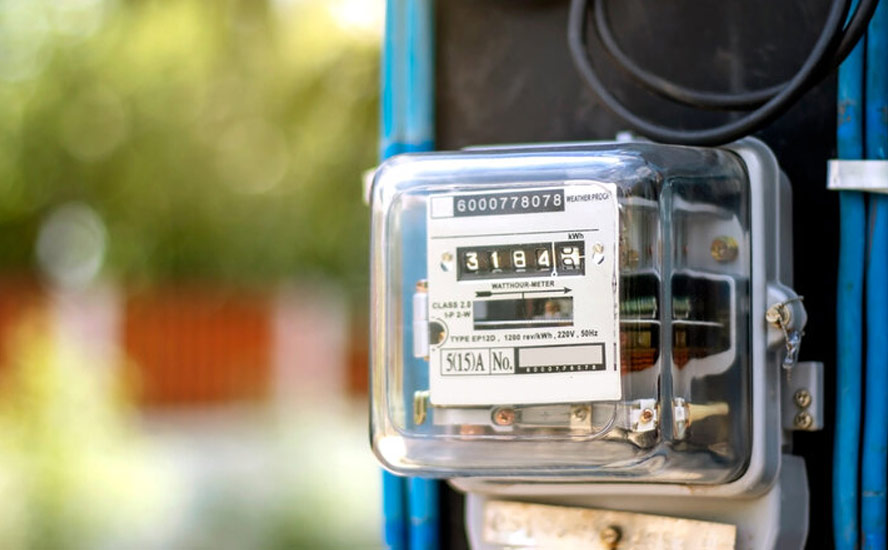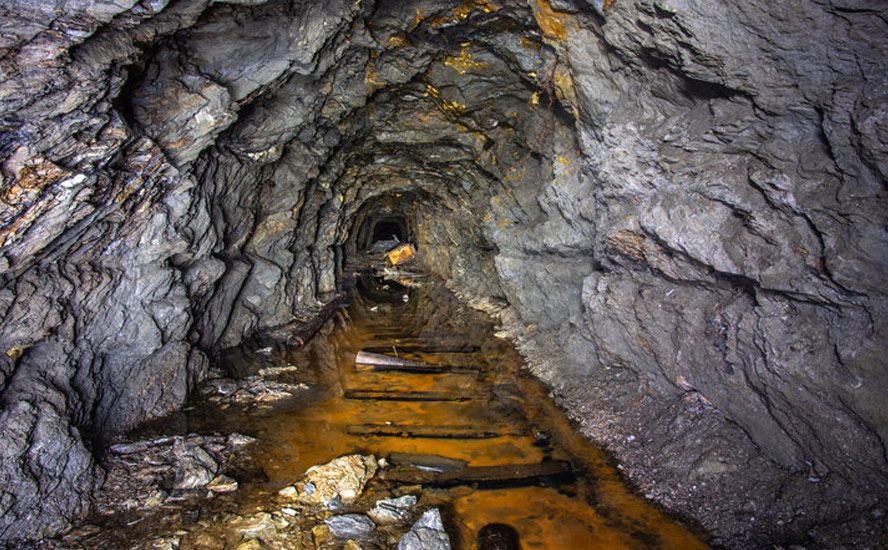The Rise and Fall of Nuclear Energy?
by Katharina Buchholz
2022.11.24
The global energy crisis brought about by Russia’s invasion of Ukraine has increased interest in alternative energy sources, including nuclear, around the world. The age of nuclear infrastructure, the fact that the technology had entered a phase-out mode in many nations and the continued resistance to new nuclear projects complicates a quick u-turn for many nuclear programs, however.
As seen in data by the World Nuclear Industry Status Report, most nuclear energy programs were started in the 1970s, a fact that reflects in the age of nuclear reactors today. Despite some nuclear programs having ended (and many more scheduled for phase-out), the number of nuclear programs in the world has plateaued for many decades as some nations still take up the technology, most recently the United Arab Emirates and Belarus in 2020. Poland at the end of October announced that it is looking to start using nuclear energy in 2033. Around that time, six other nuclear programs – among them the ones in Belgium, Germany, Switzerland and Spain – will be scheduled to have shut down, even though this could now be subject to change. Balancing out a dip in nuclear programs could be Italy, which is discussing taking up the technology again under its new right-wing government despite abandoning and even outlawing it after the 1986 Chernobyl disaster. More u-turns are possible in Sweden and the Netherlands.
Legal Notice / Disclaimer
Ahead of the Herd newsletter, aheadoftheherd.com, hereafter known as AOTH.Please read the entire Disclaimer carefully before you use this website or read the newsletter. If you do not agree to all the AOTH/Richard Mills Disclaimer, do not access/read this website/newsletter/article, or any of its pages. By reading/using this AOTH/Richard Mills website/newsletter/article, and whether you actually read this Disclaimer, you are deemed to have accepted it.




























